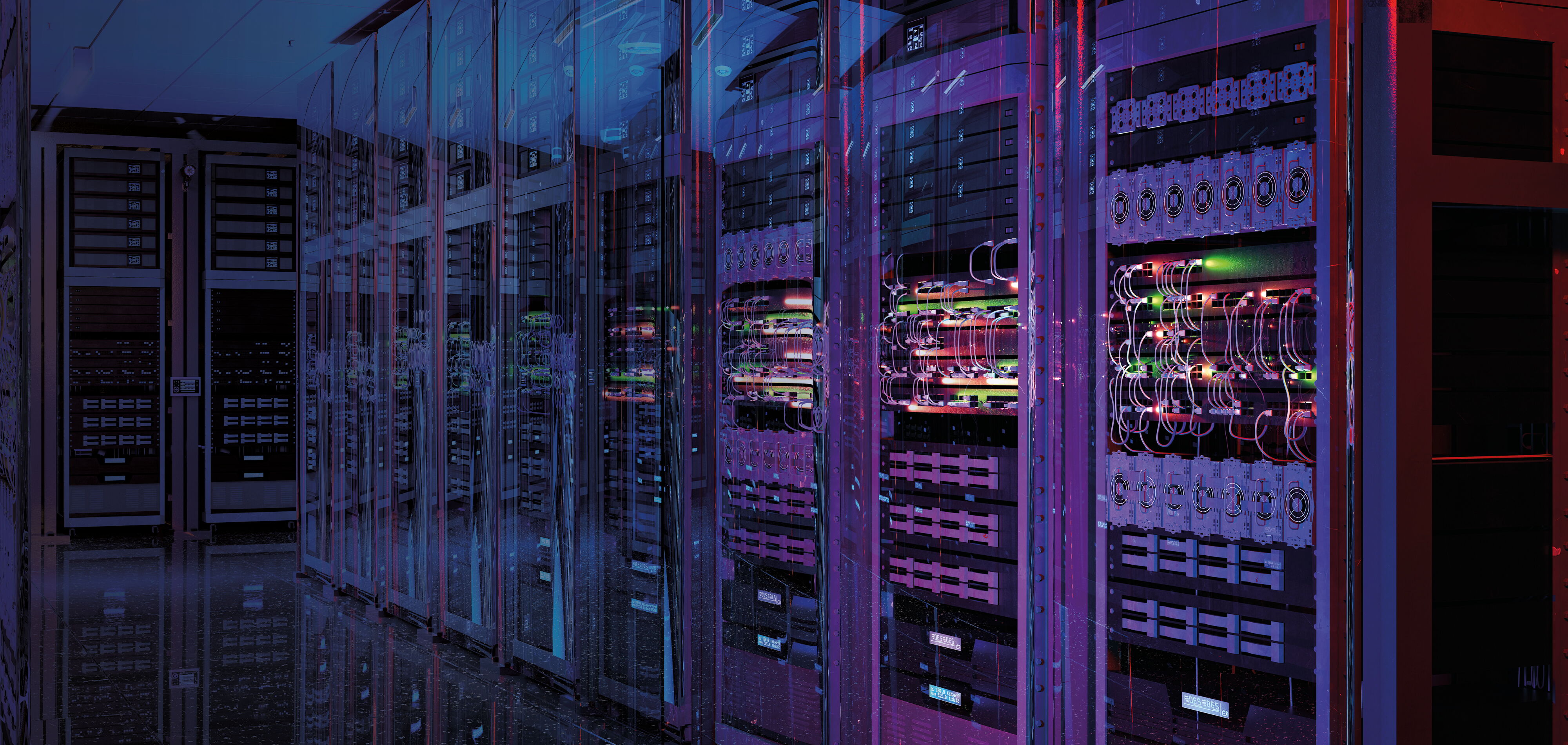
Driving Carbon Neutrality in IT: A World Environment Day Perspective
/ Reading time: about 4 minutes
Every year on June 5, the world unites for World Environment Day – a global initiative led by the United Nations to raise awareness and inspire action for the protection of our environment. It serves as a powerful reminder that every sector, including IT, must contribute to combating climate change and preserving the planet for future generations.
World Environment Day urges us to re-evaluate how we consume resources and manage emissions. While public focus often centers on industries like transportation and manufacturing, there is another significant contributor: IT infrastructure. Data centers, networks, and digital devices have become an integral part of our everyday lives – but they consume vast amounts of energy and generate substantial carbon emissions.
At FNT Software, we’re using this World Environment Day as an opportunity to shine a spotlight on how IT infrastructure management can – and must – evolve to support sustainability and carbon neutrality. Let’s explore how organizations can turn environmental responsibility into tangible action and measurable impact.
IT Infrastructure: A Hidden Driver of Emissions
Many organizations are unaware of the full environmental impact of their IT operations. Data centers, network hardware, and IT services account for growing emissions – both direct (Scope 1) and indirect (Scopes 2 and 3), as defined by the Greenhouse Gas Protocol.
- Scope 1 includes emissions from onsite sources like diesel generators to produce electric power for a data center and company vehicles to ferry personnel and equipment around to different sites.
- Scope 2 involves the energy purchased for operations, which can vary drastically depending on the source.
- Scope 3, often overlooked, includes embodied emissions from manufacturing, distribution, and disposal of IT equipment.
Without visibility and accurate data, these emissions are nearly impossible to manage and optimize. This is where IT infrastructure management comes into play.
Why Now? Legislative, Financial, and Environmental Imperatives
The urgency of climate action is reinforced by new legislation, such as California’s Climate Corporate Data Accountability Act (SB-253) and the EU's Directive 2022/2464 on corporate sustainability reporting. Both mandate companies to disclose emissions data, pushing transparency from a "nice-to-have" to a legal necessity.
In parallel, investors are tightening ESG (Environmental, Social, Governance) requirements. Financial institutions like BlackRock increasingly assess sustainability practices before allocating capital. And governments worldwide are offering tax incentives and funding programs to reward sustainable transformations.
In short, being green is no longer optional – it’s strategic.
How FNT Command Helps Manage Sustainability Transformation
When it comes to establishing carbon neutral IT, organizations first need a complete overview of all components of their IT infrastructure and their emissions. Only this allows them to make informed decisions on their path to greater sustainability.
The FNT Command Platform gives companies precisely this view of the digital infrastructure. It contains functions for the documentation, planning and management of the infrastructure and enables them to:
- Document and track emissions at asset and infrastructure levels
- Visualize trends across dimensions like location, manufacturer, and device type
- Leverage EPD data (Environmental Product Declarations) aligned with ISO 14025
- Automate sustainability reporting with GHG Protocol-compliant structures
- Provide proof of progress through predefined analytics dashboards
Business Benefits: Beyond Compliance
By embedding sustainability considerations into IT infrastructure documentation, companies can maintain compliance with regulatory rules, genuinely drive environmental progress, and enhance brand reputation and customer trust.
But investing in sustainable IT is not just about corporate responsibility. It directly contributes to:
- Lower energy and cooling costs
- Extended equipment lifespans and reduced replacement cycles
- Fewer maintenance and disposal expenses
These operational advantages underscore why a sustainable approach to IT infrastructure isn’t just the right thing to do – it’s the smart thing to do.
The Time to Act is Now
On this World Environment Day, let’s commit to rethinking how we manage digital infrastructure. With the right strategy, technology, and mindset, IT leaders can transform sustainability from an abstract goal into measurable success.
Download our expert paper and learn more about measures to achieve carbon neutral IT infrastructure management:
The Path to Sustainability in IT Infrastructure Management (Expert Paper)



